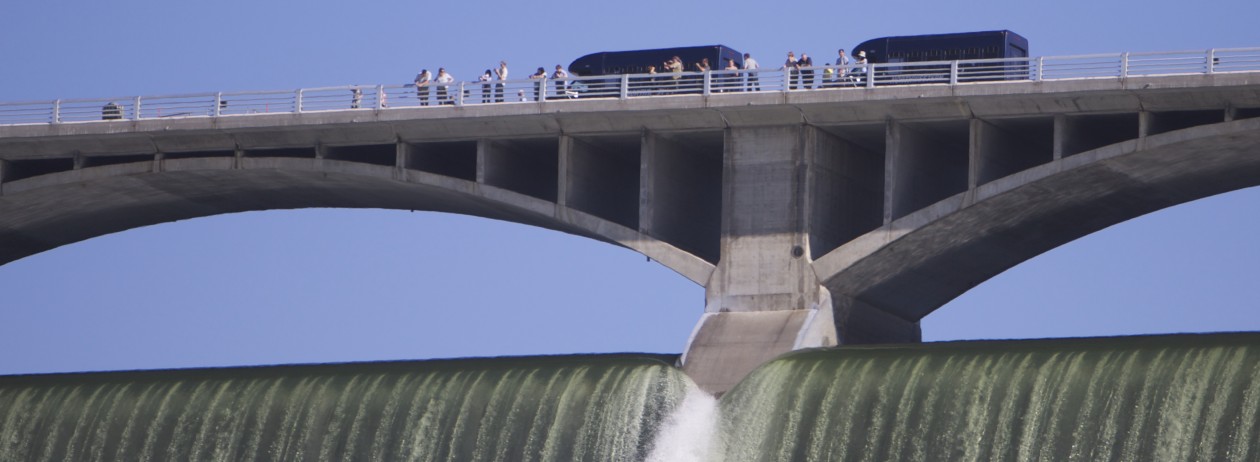
Today, Banks Lake is in great shape for fishing, but Lake Roosevelt is not accessible by boat, unless you are into portaging your canoe down over a big beach.
The big lake’s levels was at about 1219 as I post this, on the way up from record low levels of under 1218 feet above sea level, or, put another way, 72 feet below the Lake Roosevelt’s fullest possible level.
Even though the water is a long way from the top of the dam, The Bureau of Reclamation has still been “spilling” 12,000 to 7,000 cubic feet per second through outlet tubes in the dam as the total water volume running down the river hits about 180,000 cubic feet per second.
Check out the lake level on our page devoted to that purpose, complete with boat launch levels here.
The spill comes as the snows in the mountains from Grand Coulee upstream, including in Canada, begin the long anticipated melt after a long, cool spring.
Basically, Lake Roosevelt is the only big storage space on the river. Other reservoirs don’t have much to work with, so in springs like this, Grand Coulee Dam’s capabilities can be the only thing stopping Portland from flooding.
